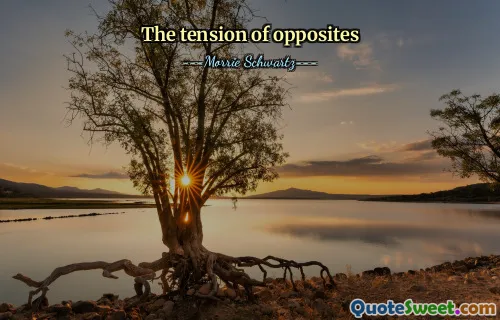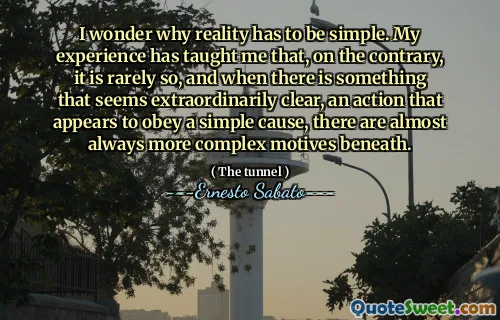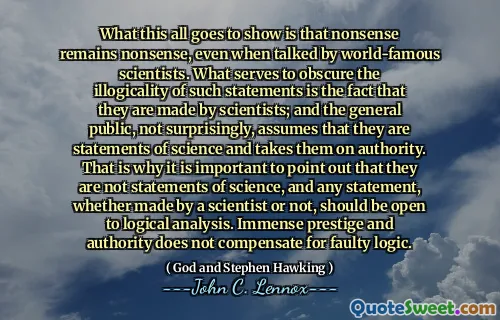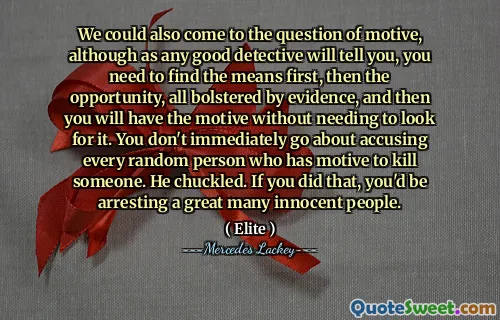
Non-fiction can distort
This thought-provoking statement invites us to examine the nature of non-fiction and its relationship to truth and perception. Non-fiction, by definition, aims to present real events, facts, and truths. However, the process of selecting, interpreting, and presenting facts can sometimes lead to distortions, whether intentional or unintentional. The powerful role of storytelling within non-fiction means that authors, editors, or even journalists can inadvertently introduce biases, omit crucial context, or frame facts in a way that influences the reader's understanding.
Moreover, human cognition is inherently subjective. Personal biases, cultural backgrounds, and societal influences can shape how stories are constructed or perceived. Even with rigorous fact-checking, the narrative lens through which facts are presented can distort the reader’s perception, emphasizing certain elements while downplaying others. This highlights the importance of critical thinking when engaging with non-fiction, encouraging us to question the source, motives, and context of the information provided.
In the broader perspective, such a statement also underscores the delicate line between objective reporting and subjective storytelling. It reminds us that no information is entirely free from influence, and understanding the potential for distortion—whether in journalism, history books, or documentaries—is crucial to developing a more nuanced comprehension of reality. Being aware of these limitations can help readers approach non-fiction with a critical eye, appreciating the complexities involved in conveying the truth without falling into the trap of accepting curated narratives at face value.











